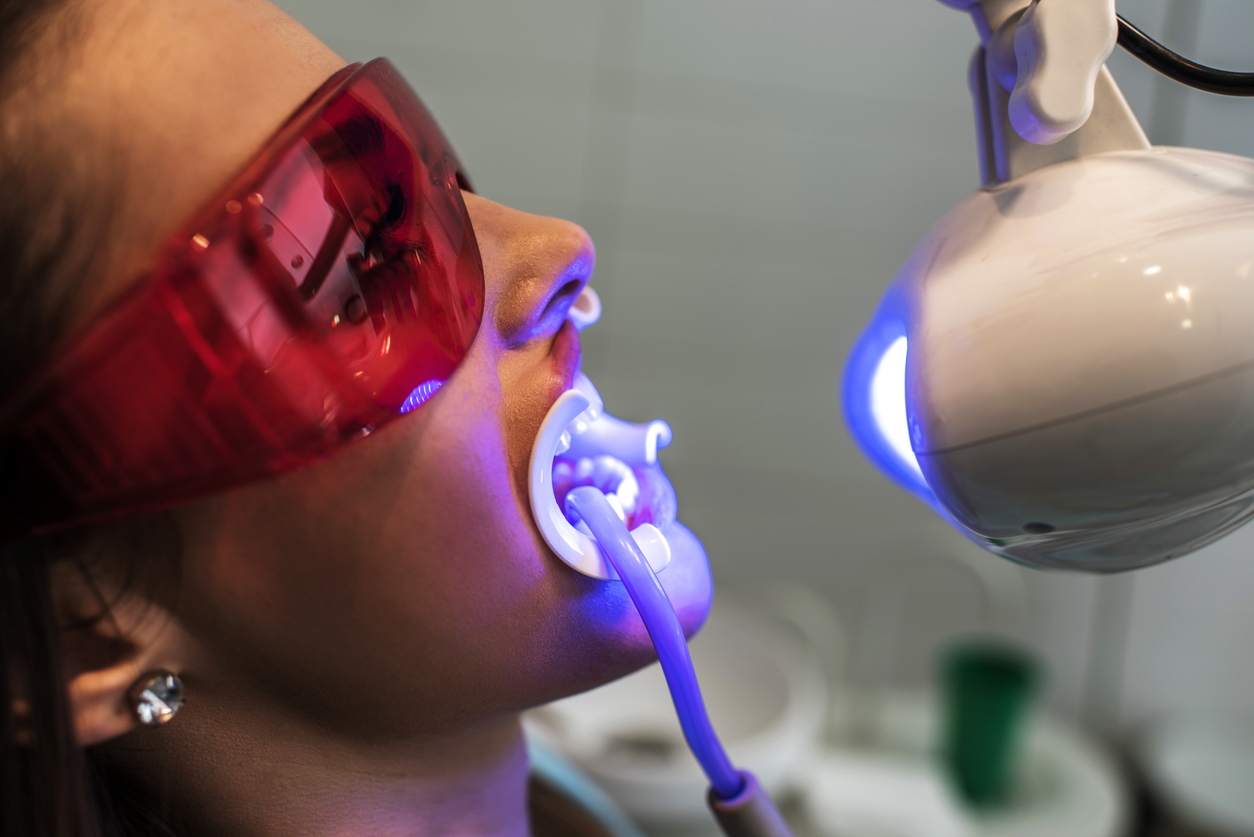Achieving a dazzling, white smile is more accessible than ever with a variety of teeth whitening options available today. From professional in-office treatments to convenient at-home kits and over-the-counter products, theres a solution to fit every preference and budget. You can find teeth whitening options with an online search.

Understanding Teeth Discoloration
Teeth discoloration occurs for various reasons and can be broadly categorized into extrinsic and intrinsic stains. Extrinsic stains are surface stains caused by external factors such as smoking, consuming coffee, tea, red wine, and certain foods. Intrinsic stains, on the other hand, are deeper and result from factors like aging, genetics, certain medications, and excessive fluoride exposure during tooth development.
How Teeth Whitening Works
Teeth whitening treatments typically use bleaching agents like hydrogen peroxide or carbamide peroxide. These agents penetrate the enamel to reach the discolored molecules within the tooth. The oxygen molecules from the bleaching agents react with the discolored molecules, breaking the bonds that hold them together, which effectively makes the stains less concentrated and the teeth appear whiter.
In-Office Teeth Whitening
In-office teeth whitening is performed by a dental professional and offers the quickest and most effective results. The procedure involves applying a high-concentration bleaching gel to the teeth, which is then activated by a special light or laser. This process usually takes about an hour and can make teeth several shades whiter in just one visit. While this method is more expensive than at-home options, the results are immediate and long-lasting.
At-Home Teeth Whitening Kits
At-home teeth whitening kits are a popular alternative for those who prefer a more convenient and cost-effective solution. These kits typically include custom-fitted trays or strips that are coated with a lower concentration bleaching gel. Users wear the trays or strips for a specified period, usually daily for a couple of weeks. Although the results are not as immediate as in-office treatments, at-home kits can still achieve significant whitening over time.
Over-the-Counter Whitening Products
There are numerous over-the-counter (OTC) teeth whitening products available, including whitening toothpaste, strips, gels, and rinses. Whitening toothpaste contains mild abrasives and small amounts of bleaching agents, which help remove surface stains but have limited effects on deeper discoloration. Whitening strips and gels are more effective than toothpaste, as they contain higher concentrations of bleaching agents. However, the results vary and are generally less dramatic than professional treatments.
Natural Teeth Whitening Methods
For those who prefer natural alternatives, several home remedies claim to whiten teeth. Baking soda, known for its mild abrasive properties, can help remove surface stains. Hydrogen peroxide, a natural bleaching agent, is also used in diluted form as a mouth rinse. Additionally, some fruits, such as strawberries and pineapple, contain natural enzymes and acids that may help whiten teeth. However, the effectiveness of these natural methods is generally lower compared to professional and OTC treatments, and overuse can potentially damage enamel.
Potential Risks and Side Effects
While teeth whitening is generally safe, it can have potential risks and side effects. The most common side effect is tooth sensitivity, which occurs when the bleaching agents penetrate the enamel and irritate the nerves inside the tooth. This sensitivity is usually temporary and can be managed with desensitizing toothpaste or fluoride treatments. Gum irritation is another possible side effect, often caused by the bleaching gel coming into contact with the soft tissues. To minimize these risks, it is essential to follow the instructions provided with whitening products and consult with a dental professional if you experience any adverse effects.
Maintaining Your White Smile
Once you’ve achieved your desired level of whiteness, it’s important to maintain your results. Good oral hygiene practices, such as regular brushing, flossing, and dental check-ups, are crucial. Limiting the consumption of stain-causing foods and beverages, and avoiding tobacco products can help prevent new stains. Additionally, using a straw for beverages like coffee and tea can minimize contact with your teeth. Periodic touch-ups with whitening products, as recommended by your dentist, can also help maintain your bright smile.
Conclusion
Teeth whitening can significantly enhance your smile and boost your confidence. Whether you choose in-office treatments, at-home kits, OTC products, or natural remedies, understanding the options and potential risks is crucial for achieving the best results. By maintaining good oral hygiene and making mindful lifestyle choices, you can enjoy a radiant smile for years to come.

